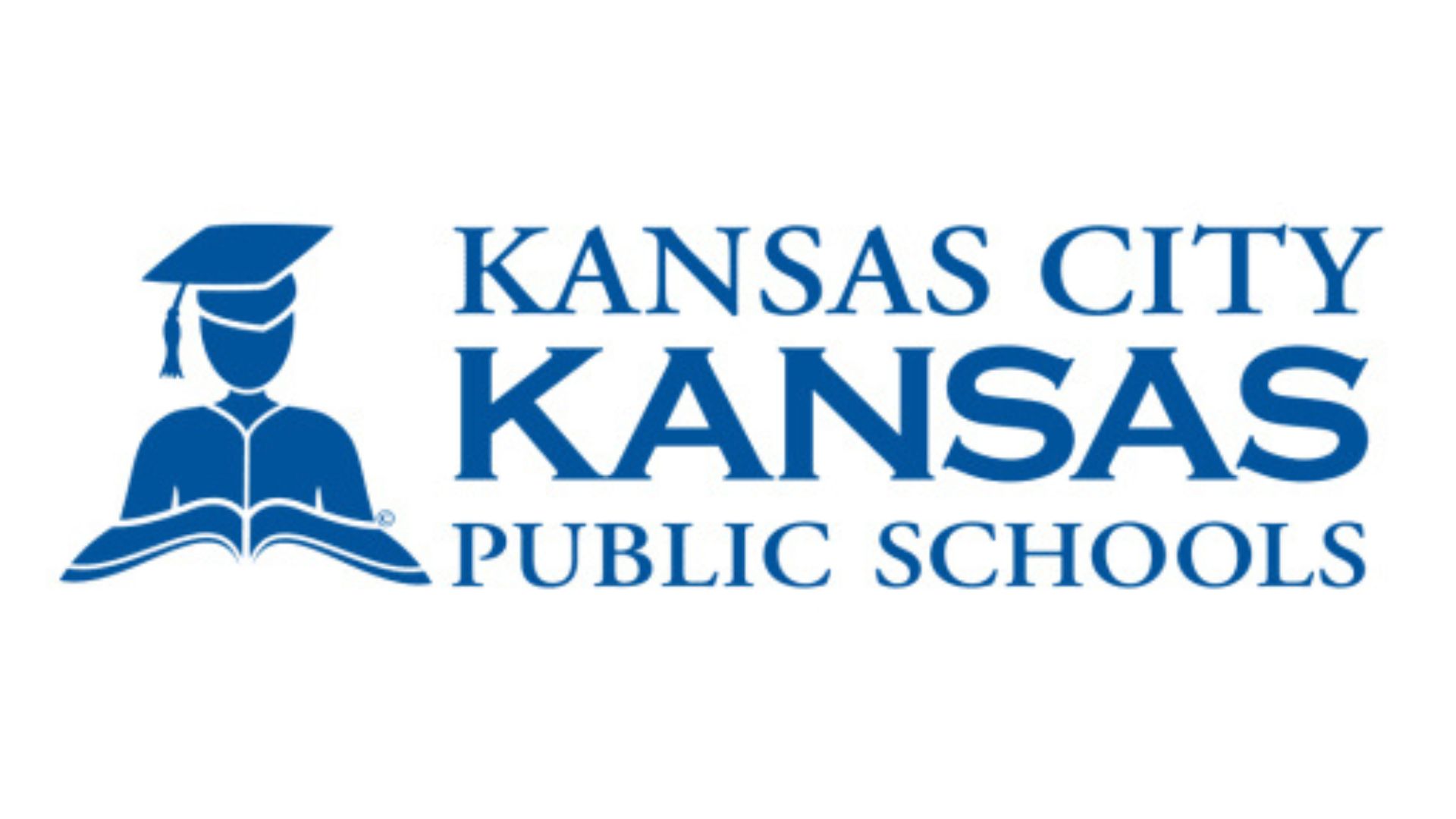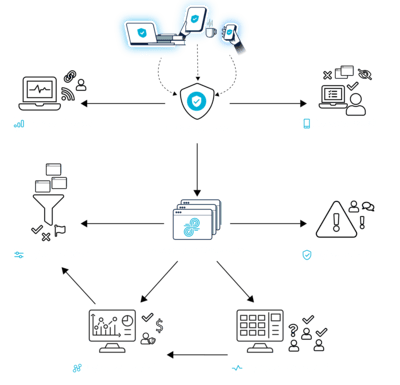In early 2025, the New York State Education Department (NYSED) restricted student access to several Google services, including YouTube, Google Translate, Google Earth, and Google Photos. The decision came as part of a broader effort to comply with Education Law 2-D, which sets strict requirements around how student data is collected, used, and protected.
For many districts, this shift disrupted day-to-day learning. YouTube had become a trusted classroom tool. Suddenly, educators were forced to find alternative ways to bring video and interactive content into lessons without violating privacy laws.
Why NYSED Took Action
Why NYSED Took Action
Under Education Law 2-D, digital tools used in schools must offer clear protections for student data. Many of Google’s “Additional Services” fall outside the scope of their education agreements and do not guarantee the level of privacy Education Law 2-D demands. NYSED’s move reflects a growing priority to put student safety and student data privacy first.
A New Approach to EdTech
This change sparked a necessary conversation: How can schools stay innovative while remaining compliant?
Many are turning to tools like Lightspeed Filter, Lightspeed Insight, and Lightspeed Classroom to bridge the gap.
- Lightspeed Filter gives IT teams fine-tuned control over web content. With proprietary filtering, it categorizes YouTube content only allowing educational videos to load. It also blocks distractions and inappropriate content at the source—removing access to Shorts, comments, sidebars, thumbnails, and other non-instructional elements that typical filters miss. For example, teachers can embed YouTube videos in Google Classroom or broadcast them during instruction, creating a safe path to maintain instructional value without giving students unrestricted access.
- Lightspeed Insight provides real-time visibility into which apps and services are in use, how often they are accessed, and whether they meet privacy standards. Districts can create and publish an approved apps list for teachers to select appropriate, pre-vetted digital tools. It also allows districts to monitor access to tools like YouTube and other Google services, helping them stay informed and make smart, policy-aligned decisions across their digital ecosystem.
- Lightspeed Classroom supports instructional momentum by giving teachers real-time visibility and control over student online activity during class. In an environment where access to tools like YouTube is restricted, Classroom empowers teachers to:
- Search for and request alternative, district-approved digital tools via an integrated approved list (helping ensure only compliant tools are in use)
- Guide students directly to approved resources by sharing links or locking devices to specific educational content
- Redirect off-task behavior quickly – keeping students focused if alternate tools are in use
- Reinforce safe digital habits in real time, complementing the protection already provided by Filter and Insight
Building a Safer Digital Future
New York schools are facing a complex challenge: protect student data while keeping digital learning engaging and effective. By combining smart policy with purpose-built tools, districts can meet state requirements and still empower educators to teach with confidence.
Lightspeed is here to support that effort. With the right systems in place, schools can navigate the current restrictions and build a safer, more compliant digital learning environment for all students.



